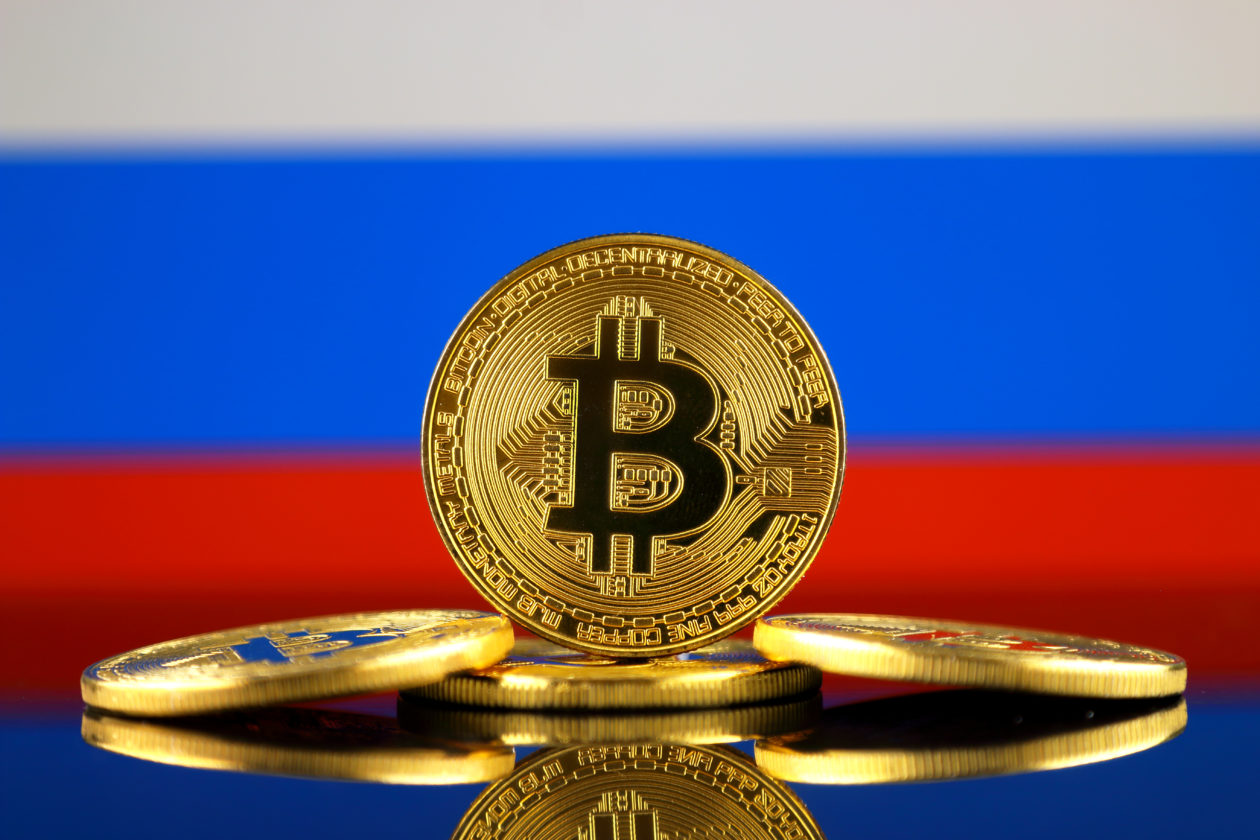Russia Moves to Ban Cryptocurrency Mining Amid Energy Concerns
31.10.2024 8:30 1 min. read Alexander Stefanov
Recent developments from Russia have sparked concerns in the cryptocurrency sector. The country has recently permitted the use of Bitcoin (BTC) and other cryptocurrencies for international transactions.
However, a contrasting announcement from Deputy Energy Minister Yevgeniy Grabçak indicates a crackdown on cryptocurrency mining due to significant electricity consumption.
Speaking at the “RBK Tech Forum” in Moscow, Grabçak highlighted an electricity shortage in various regions linked to the high energy demands of crypto miners. He noted that these demands have led to power outages in specific areas, particularly in the Far East and southern Siberia. Grabçak mentioned that the government plans to impose a ban on mining activities in certain regions to address these challenges.
This move follows a law approved by President Vladimir Putin on August 8, which legalized cryptocurrency mining across Russia.
Under this legislation, individuals and companies authorized by the government are allowed to mine cryptocurrencies, provided they adhere to specific energy consumption thresholds. The tension between promoting crypto innovation and managing energy resources appears to be a critical issue for Russian authorities as they navigate the complexities of the digital currency landscape.
-
1
Vanguard Now Owns 8% of Michael Saylor’s Strategy, Despite Calling BTC ‘Worthless’
15.07.2025 17:09 2 min. read -
2
Standard Chartered Becomes First Global Bank to Launch Bitcoin and Ethereum Spot Trading
15.07.2025 11:00 1 min. read -
3
Bitcoin Reaches New All-Time High Above $116,000
11.07.2025 7:56 1 min. read -
4
What’s The Real Reason Behind Bitcoin’s Surge? Analyst Company Explains
12.07.2025 12:00 2 min. read -
5
Canadian Bank Sees Bitcoin Hitting $155,000 by 2025
15.07.2025 10:00 1 min. read
Ethereum Spot ETFs Dwarf Bitcoin with $1.85B Inflows: Utility Season in Full Swing
Ethereum is rapidly emerging as the institutional favorite, with new ETF inflow data suggesting a seismic shift in investor focus away from Bitcoin.
Ethereum Flashes Golden Cross Against Bitcoin: Will History Repeat?
Ethereum (ETH) has just triggered a golden cross against Bitcoin (BTC)—a technical pattern that has historically preceded massive altcoin rallies.
Bitcoin Banana Chart Gains Traction as Peter Brandt Revisits Parabolic Trend
Veteran trader Peter Brandt has reignited discussion around Bitcoin’s long-term parabolic trajectory by sharing an updated version of what he now calls the “Bitcoin Banana.”
Global Money Flow Rising: Bitcoin Price Mirrors Every Move
Bitcoin is once again mirroring global liquidity trends—and that could have major implications in the days ahead.
-
1
Vanguard Now Owns 8% of Michael Saylor’s Strategy, Despite Calling BTC ‘Worthless’
15.07.2025 17:09 2 min. read -
2
Standard Chartered Becomes First Global Bank to Launch Bitcoin and Ethereum Spot Trading
15.07.2025 11:00 1 min. read -
3
Bitcoin Reaches New All-Time High Above $116,000
11.07.2025 7:56 1 min. read -
4
What’s The Real Reason Behind Bitcoin’s Surge? Analyst Company Explains
12.07.2025 12:00 2 min. read -
5
Canadian Bank Sees Bitcoin Hitting $155,000 by 2025
15.07.2025 10:00 1 min. read


